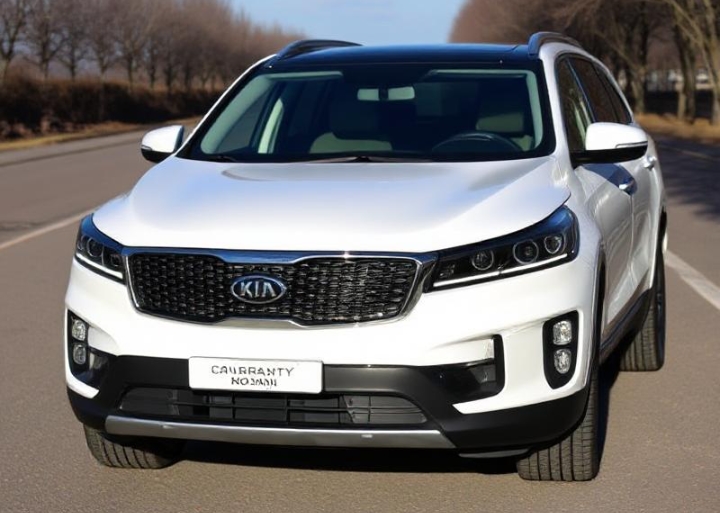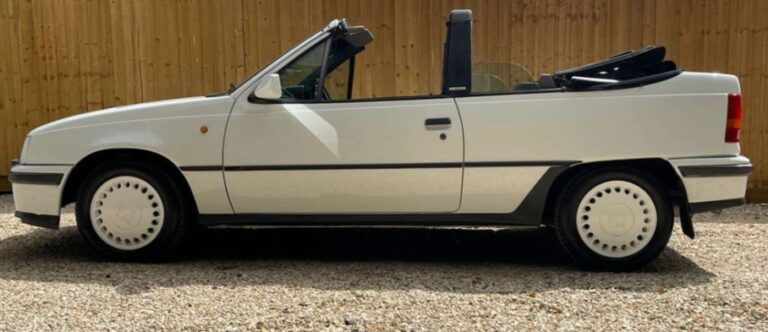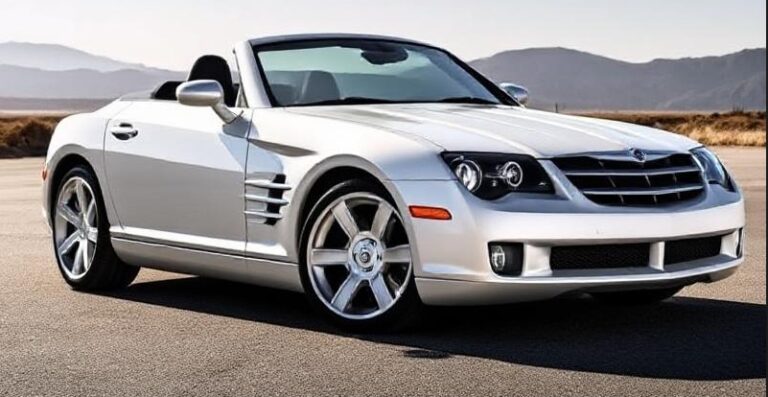The Evolution of the Tata Indica
The Tata Indica holds a pivotal place in Indian automotive history as the country’s first truly indigenous passenger car. Launched in 1998, the Indica revolutionized the Indian automobile market by offering an affordable, spacious, and efficient hatchback tailored to local needs. Over the years, the Indica evolved through multiple generations, model updates, and trim variations, reflecting Tata Motors’ commitment to innovation and adaptation. This article traces the full journey of the Tata Indica from its inception to its discontinuation, covering all notable models, years of production, and trim levels.
The Origins and Launch (1998)
Introduction in 1998
The Tata Indica was officially launched in India in 1998. Developed entirely in India, it was a groundbreaking project aimed at replacing the aging Ambassador and providing a modern, compact, and affordable vehicle tailored to Indian consumers. The Indica was built on Tata’s proprietary X2 platform, which was designed for small-car applications.
Initial Models and Trim Levels
The first-generation Indica was offered in a few trim levels, primarily:
- Indica Standard: The base model, focused on affordability with minimal features.
- Indica LS (Luxury Standard): Included additional comfort features, better upholstery, and some convenience options.
- Indica DLS (Deluxe LS): Featured more equipment such as improved interiors and optional power steering.
- Indica V2: An upgraded version introduced with a more refined engine and better features.
The initial engine options included a 1.4-liter diesel engine (known as the 475 TC) and a 1.4-liter petrol engine, both aimed at balancing affordability with performance.
The First Major Facelift and the Second Generation (2004-2013)
2004: Introduction of the Indica V2
In 2004, Tata launched the Indica V2, which was more of a facelift than a new generation. The V2 was based on an improved platform and featured:
- Engine Options:
- 1.4-liter turbocharged diesel engine (common rail direct injection)
- 1.4-liter petrol engine
- Trim Levels:
- Indica V2 Standard: Basic features, manual windows, no air conditioning.
- Indica V2 LS: Added features like air conditioning, front power windows.
- Indica V2 LX: Top-end trim with body-colored bumpers, fog lamps, better interior trims.
The V2 was well received, thanks to improved ride quality, better fuel efficiency, and increased comfort.
2008: Facelift and New Variants
In 2008, Tata launched a facelift of the Indica V2, which included:
- Reshaped grille and bumpers.
- Improved interiors with better plastics and seating.
- Introduction of new variants like the Indica V2 Turbo, which featured a turbocharged diesel engine for better performance.
- Additional trims such as Indica V2 eV2, emphasizing eco-friendliness and improved emissions.
Special Editions and Variants
Tata also released special editions like the Indica Turbo DICOR (Direct Injection Common Rail), which became popular for its fuel economy and performance.
The Indica Vista (2008-2013)
Introduction of the Vista
In 2008, Tata introduced the Indica Vista, a more modern, globally styled successor to the Indica V2. It was built on a new platform and marked a significant leap in design, features, and safety.
Models and Trim Levels
The Vista was offered in several variants:
- GV (GLS): Basic variant with manual windows, no airbags.
- LX: Mid-range with power windows, better interiors.
- QJ (Quadrajet): Diesel engine variants with better fuel efficiency.
- ZX: Top-end with features like airbags, alloy wheels, and premium interiors.
Engine Options
- 1.2-liter petrol engine (first in its segment)
- 1.3-liter Fiat Multijet diesel engine (QJ series)
- 1.4-liter petrol engine (later discontinued)
Facelifts and Updates
In 2011, the Vista received a facelift with refined styling, improved interiors, and feature upgrades. The Vista continued to be a popular choice in India, especially among fleet operators and budget-conscious consumers.
The Tata Indica eV2 and eV2 eXtra (2010-2013)
During the Vista era, Tata also launched the Indica eV2, a more affordable and simplified variant emphasizing economy and practicality.
- Features:
- Basic trim levels with minimal features.
- Focused on delivering high fuel efficiency.
- Several variants included eV2 and eV2 eXtra with incremental feature additions.
The Transition to the Indica X1 (2013-2018)
Discontinuation of the Original Indica
By 2013, Tata had phased out the original Indica and Vista models, replacing them with the Indica X1 platform, which formed the basis of the Indica eV2 and other models.
Indica eV2 and Indica eV2 Plus
- The eV2 Plus was a more refined and feature-rich variant introduced to compete in the budget segment.
- Trim levels included Standard, LX, and ZX with increasing feature sets.
Features and Specifications
- 1.2-liter petrol and 1.3-liter diesel engines.
- Focused on offering superior ride quality, better safety features like airbags and ABS on higher trims.
- Variants targeted both urban and semi-urban markets.
The Tata Indica eV2 Facelift and Limited Editions (2015-2018)
In the mid-2010s, Tata introduced minor updates:
- Stylish trims with new grille designs.
- New interior color schemes and improved infotainment options.
- Limited editions such as the Indica eV2 Xtreme with sporty styling cues.
Despite these updates, the Indica’s sales declined due to increased competition from hatchbacks like the Maruti Suzuki Alto, Hyundai Santro, and others.
.
MANY auto lovers not only spend time in their garages to tinker on their autos, but have other projects going on in there as well. Wood working is a popular pastime for the creative type of individual. Not sure what to make next? Or thinking about getting into this kind of hobby? There’s lots of possibilities… Here’s some of them…

.
The End of the Line: Discontinuation and Legacy
Discontinuation in 2018
Tata officially ceased production of the Indica in 2018, marking the end of an era. The Indica’s legacy as India’s first domestically developed hatchback remains significant.
Legacy and Impact
- The Indica was instrumental in democratizing car ownership in India.
- It laid the foundation for Tata’s future success in the passenger vehicle segment, including the Tata Nano and Tata Tiago.
- The vehicle’s affordability, spaciousness, and versatility made it a staple in Indian households and commercial fleets.
Summary of Key Models and Trim Levels
| Year Range | Model Name | Notable Trims & Variants | Key Features |
|---|---|---|---|
| 1998-2004 | Indica (Original) | Standard, LS, DLS, V2 | Basic petrol/diesel engines, affordable, first Indian hatchback |
| 2004-2008 | Indica V2 | Standard, LS, LX | Improved design, engine refinement |
| 2008-2013 | Indica Vista | GV, LX, QJ, ZX | Modern styling, safety features, Fiat Multijet diesel |
| 2010-2013 | Indica eV2 | Standard, LX, ZX, eXtra | Budget variant, economy-focused trims |
| 2013-2018 | Indica eV2 / X1 | Standard, LX, ZX | Further updates, limited editions |
Conclusion
The Tata Indica’s evolution reflects India’s changing automotive landscape over two decades. From its pioneering launch as the country’s first indigenously developed hatchback to its various facelifts and updates, the Indica demonstrated Tata Motors’ capacity for innovation and adaptation. Although it was eventually replaced by newer models aligned with global standards, the Indica’s influence persists as a symbol of Indian automotive progress and affordability.







